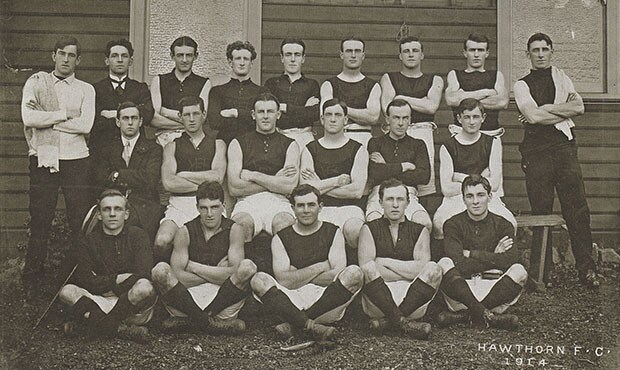Remembrance. We are often called to take note of things outside our living memory. The players of our VFA days (1914-24) may not be well-known today. They were part of a generation almost gone - their deeds often consigned to musty newspapers and fading photographs.
This team photo is of the 1914 Hawthorn side. They wore the Brown & Gold and we know that many of these players went on to serve their country in a different uniform. While we can no longer put names to all the faces, we can tell some of their stories. The story of one member of the 1914 team presents a clear picture of a talented footballer whose travels brought him to Hawthorn and, fatefully, to the battlefields of WW1.
Born in St Kilda, but raised in Sydney, Don McConville was an electrician by trade. He played for the YMCA and East Sydney Football Clubs. In 1912 he was good enough to play in a Sydney Suburbs team that played the South Australian 2nd 18, in Adelaide. The following year he proved his worth by playing for NSW, this time against Queensland. He was named Best on Ground, kicking four goals.
A centreman, McConville was recruited by St Kilda in 1914. He trained with that club one afternoon, but within days he was a Hawthorn player. The details surrounding this surprising switch are not known.
He was described as a ‘well-built, athletic young fellow with the bronzed skin of a surf bather,’ a ‘first-class player’ and a ‘brilliant centre’. His lightning dash, accurate kick and strong marking were highlighted in match day reports.

Hawthorn Football Club, 1914.
He was often listed among Hawthorn’s best and named best afield in games against Essendon, Williamstown and Port Melbourne. McConville’s one season with the Hawthorn Football Club realised 17 of 18 games and 3 goals. His football career was cut short by his enlistment in the AIF in February 1915.
Working in the Y1A and Z1A Medium Trench Mortar batteries, Don McConville displayed courage and tenacity. At Gallipoli, these qualities led to a recommendation for a Military Medal for his work repairing signal lines under heavy shrapnel fire at Lone Pine.
On the Western Front in July 1916, he received the Military Medal for ‘many instances of conspicuous bravery in the service of his guns’ and for carrying wounded to a dressing station while under heavy fire at Poziers. This award was recommended by Major General Harold Walker, Commander of the Australian 1st Division, who mentioned McConville’s, ‘bravery, determination and devotion to duty.’
His leadership qualities were also recognised as he was promoted several times and eventually commissioned 2nd Lieutenant in August 1917. He transferred to the 102nd Howitzer Battery in the 2nd Australian Field Artillery.
Don McConville was killed by shell fire at Polygon Wood, Belgium on October 20, 1917. He was 24 years old.
We do not know whether Don McConville appears in the team photo. If you have information about the players or officials in this photograph, please contact the Hawks Museum on 9535 3075 or hawksmuseum@hawthornfc.com.au


